CS5098: Climate Change Museum
Created by Yuhang ZHU, School of Computer Science, University of St Andrews
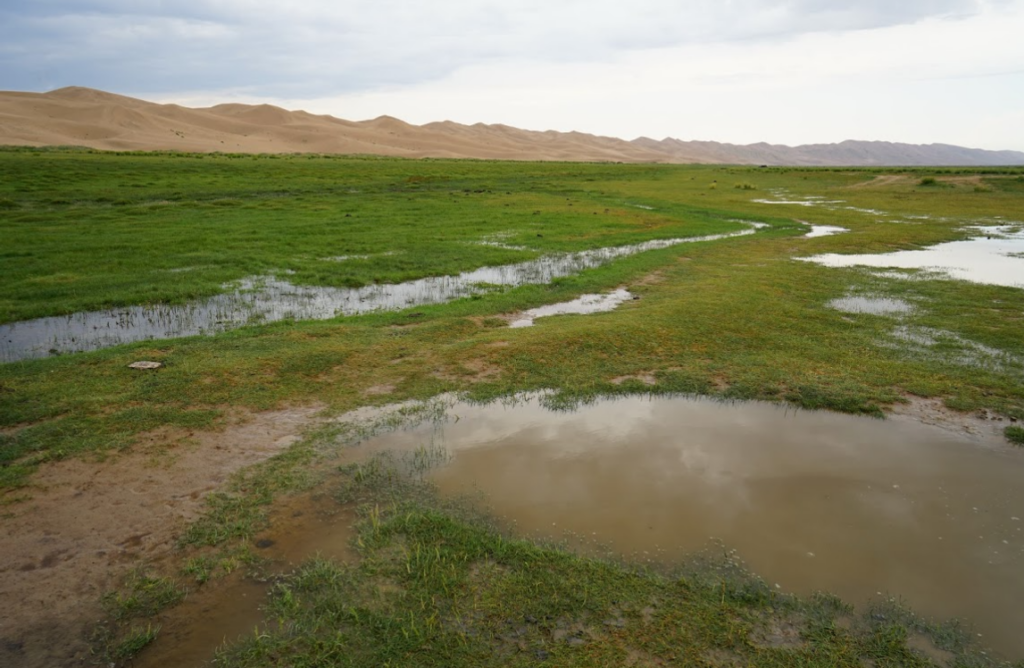
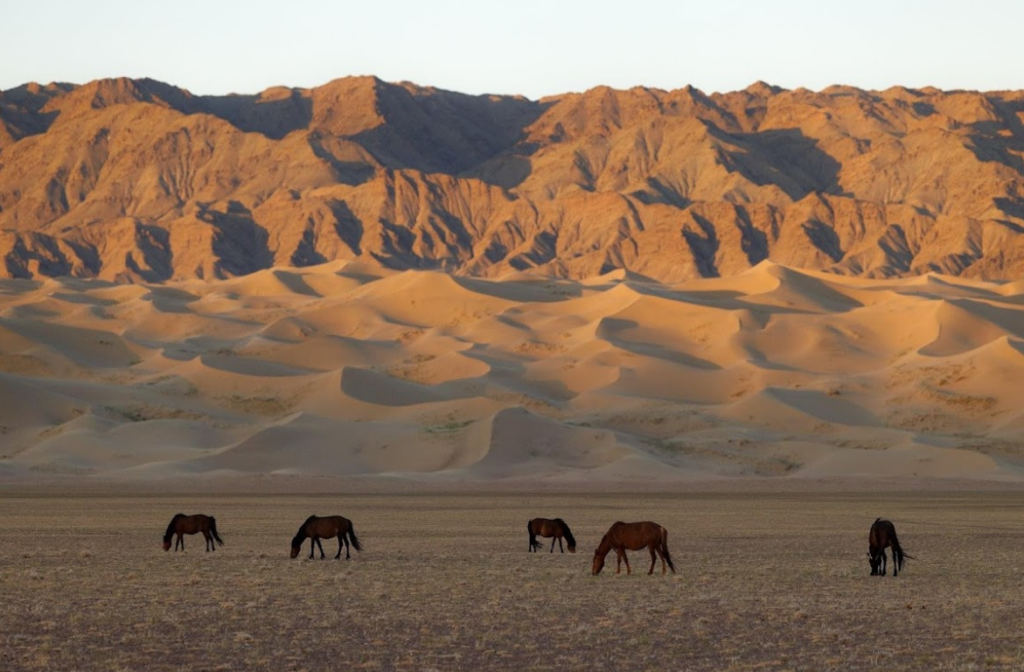
Image source from Google Earth based on Khongor Els
Project Background And Objectives
Mongolia is a region with serious land desertification. According to a 2020 report by the United Nations Development Program, 76.9% of Mongolia’s land has been affected by desertification. The Khongor Els in South Gobi Province is a typical example of the impact of desertification. This project aims to restore the desertification scene of the Khongor Els as much as possible, allowing users to explore the causes, impacts and improvement measures of desertification through a first-person perspective, thereby raising public awareness of climate change, which has certain educational significance.
Causes and Impacts of Desertification
| Man-made and natural reasons | Impact |
| Overgrazing | Biodiversity loss |
| Improper water management | Loss of livestock farming leads to further migration and poverty |
| Perennial high temperatures, drought and reduced precipitation | Desertification leads to a decrease in the carbon sequestration capacity of grasslands and an increase in greenhouse gas emissions, further exacerbating climate change. |
Biodiversity loss
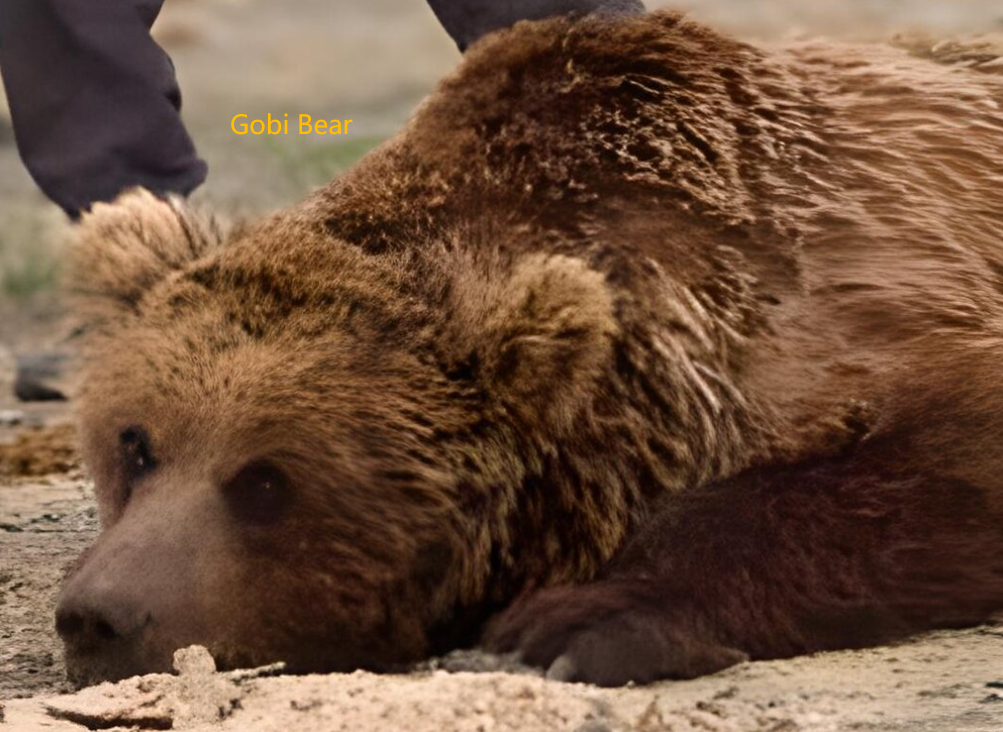
The Gobi bear is a subspecies of the brown bear that is found in the Gobi region of Mongolia. It is an extremely endangered species, with about 20 individuals in existence. Climate change has led to vegetation changes in the Gobi region, and food resources such as horsetail, ephedra, rhubarb, and white thorn have decreased. Gobi bears are facing severe food shortages, and human activities have caused a sharp decline in their numbers.
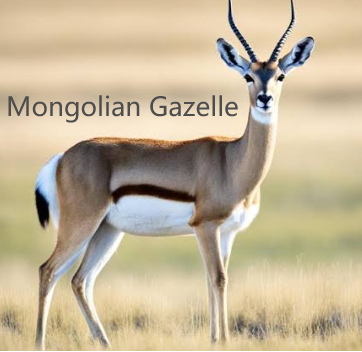
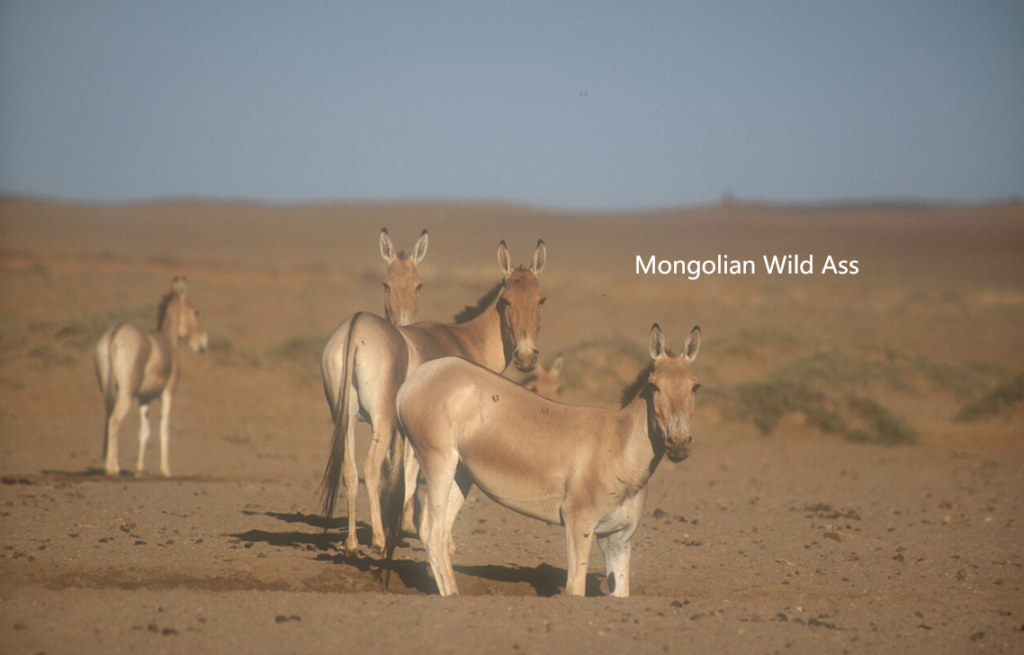
The Mongolian wild ass (Equus hemionus hemionus), an important wild herbivore that lives in and around Mongolia, has become locally extinct. Research suggests that in addition to being hunted by humans, increased difficulty in obtaining water is also a major reason for this development.
Przewalski’s horse is a wild horse species native to the steppes of Central Asia. It was discovered by Russian explorer Przewalski in 1879. It took only 90 years for its status to go from endangered to extinct by 1969. The cause of its extinction is attributed to the destruction of the natural environment and hunting by humans.
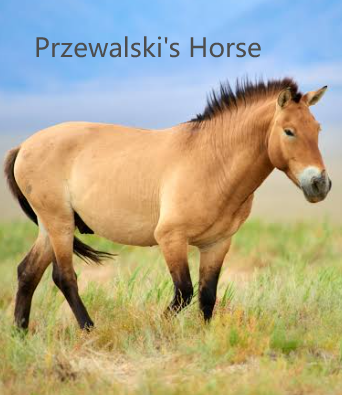
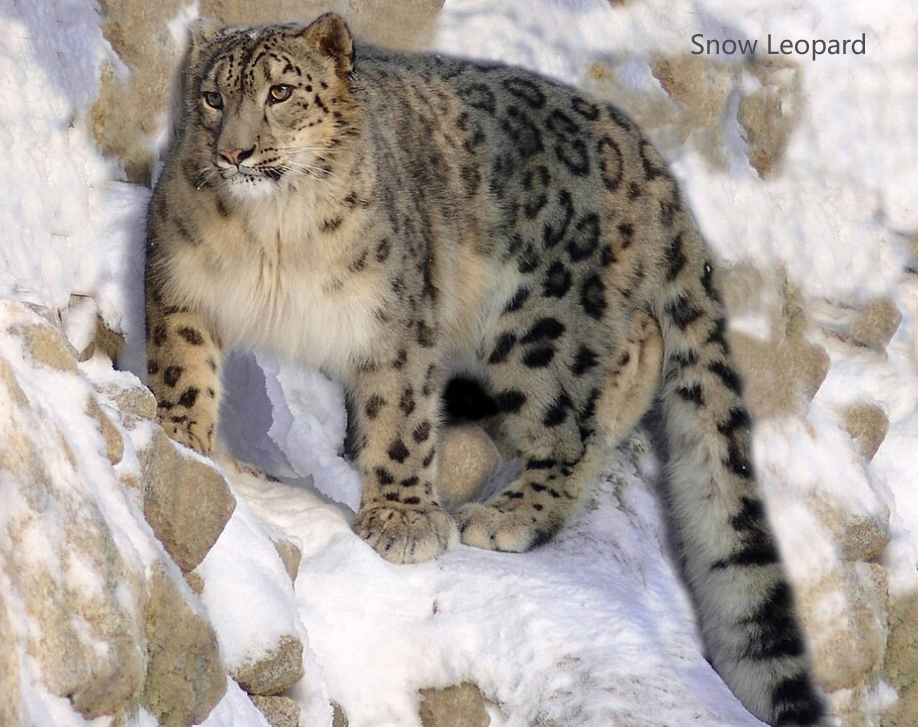
The snow leopard is an endangered big cat found in the high mountains of Central Asia, and is found in 12 countries. Estimates of the population across its range range between 4,500 and 7,500 individuals, with 800 to 1,700 in Mongolia. The main threats to the species are habitat degradation and fragmentation.
Measures to Prevent Desertification
- Develop a reasonable grazing plan to control the number of livestock and grazing time to prevent overgrazing
- Planting drought-resistant tree species and shrubs in desertified areas to form windbreaks and sand-fixing forests can effectively fix the soil and reduce wind erosion.
- Promote drip irrigation technology, improve water resource utilization efficiency and reduce water resource waste.
- Strengthen scientific research and innovation in desertification prevention and control technologies and methods, and promote the application of advanced technological achievements.
- Mobilize local community residents and strengthen cooperation with international organizations to participate in desertification prevention and control work and improve their environmental awareness and skills.
Interactive UEFN Model
- Room1:7245-8935-5810
- Room2:8744-0421-4764
References:
Qin, A., Jin, K., Batsaikhan, M.-E., Nyamjav, J., Li, G., Li, J., Xue, Y., Sun, G., Wu, L., Indree, T., Shi, Z., & Xiao, W. (2020). Predicting the current and future suitable habitats of the main dietary plants of the Gobi Bear using MaxEnt modeling. Global Ecology and Conservation, 22, e01032. https://doi.org/10.1016/j.gecco.2020.e01032
https://en.wikipedia.org/wiki/Przewalski%27s_horse
Mongolian Wild Ass | Natural Atlas
https://en.wikipedia.org/wiki/Snow_leopard#/media/File:Irbis4.JPG
Shehzad, W., McCarthy, T. M., Pompanon, F., Purevjav, L., Coissac, E., Riaz, T., & Taberlet, P. (2012). Prey Preference of Snow Leopard (Panthera uncia) in South Gobi, Mongolia. PloS One, 7(2), e32104. https://doi.org/10.1371/journal.pone.0032104